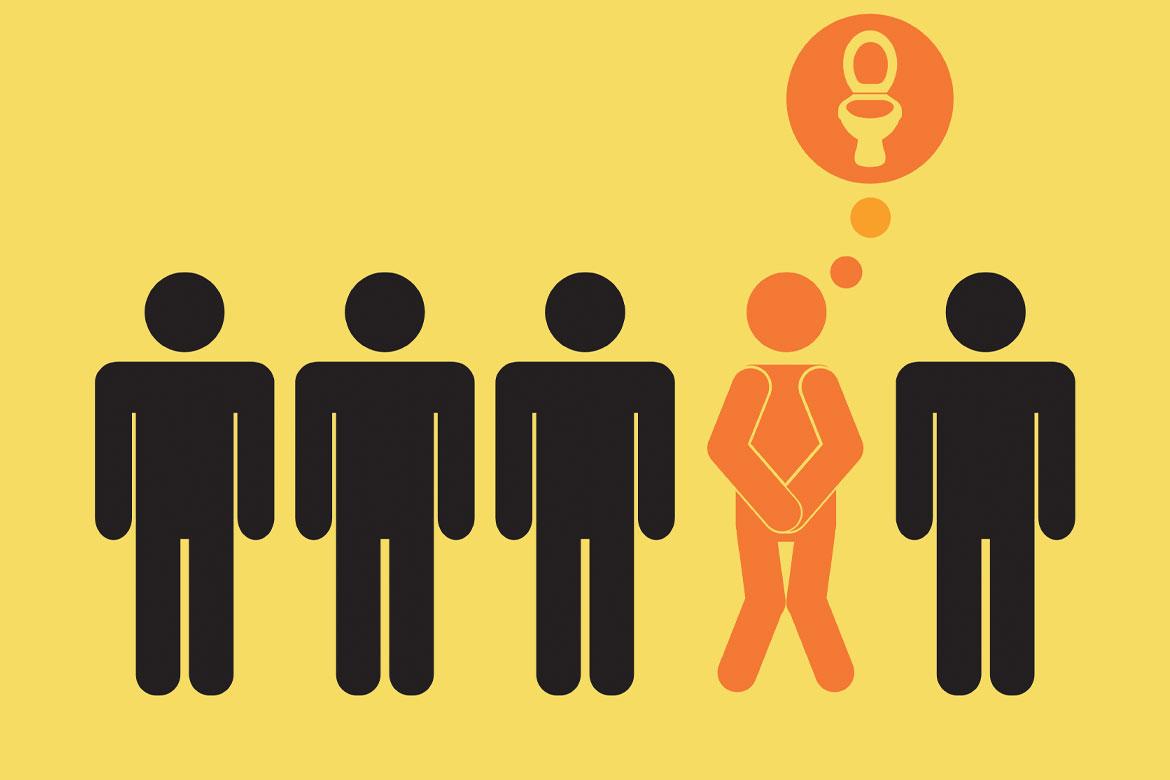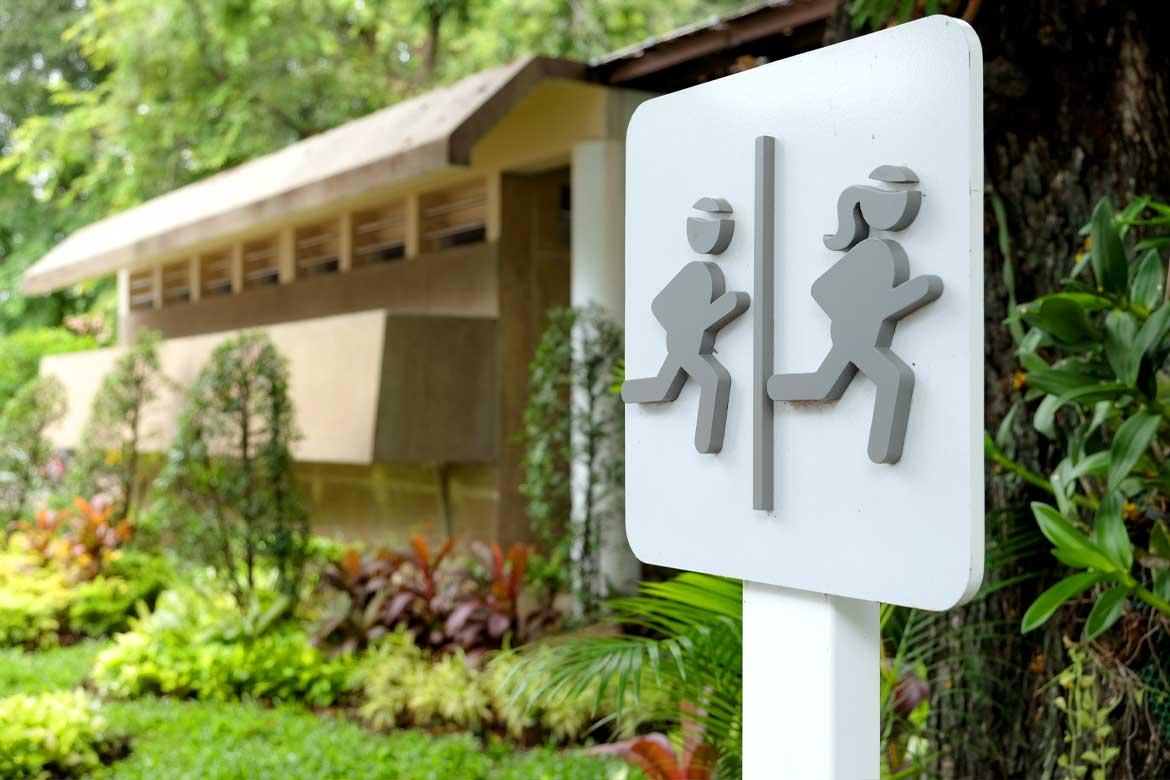Health Plus articles
Kegel Exercises for Women: Benefits and Importance Explained
Women commonly face issues with weakened pelvic floor muscles, and Kegel exercises can bring several important benefits.
Experiencing Frequent Urination?
Affecting both men, and women, urinary incontinence can be easily managed with the right diagnosis and treatment!
5 Myths About an Overactive Bladder
An overactive bladder can happen when you drink too much liquids. However, it’s wise to see a doctor when the condition persists or worsens.
Are You (Secretly) Peeing While Sneezing?
Sneezing, laughing or running causing you to lose control of your bladder? Learn more about stress urinary incontinence and how you can treat it.








